If you’re into high performance Chevrolets—in particular, tire-shredding Chevelles, Novas, and Camaros—then you should really know about Don Yenko. Thanks to his efforts, some of the meanest Bowties of the 1960s screamed out of his Yenko Chevrolet dealership.
Nowadays, it’s not uncommon to come across a Yenko/SC tribute car at a local car show and, if you’re lucky enough, you may even spot a legit Yenko Super Car. So let’s talk about Don Yenko and some of his contributions to the golden age of the American musclecar.
Who’s Don Yenko?
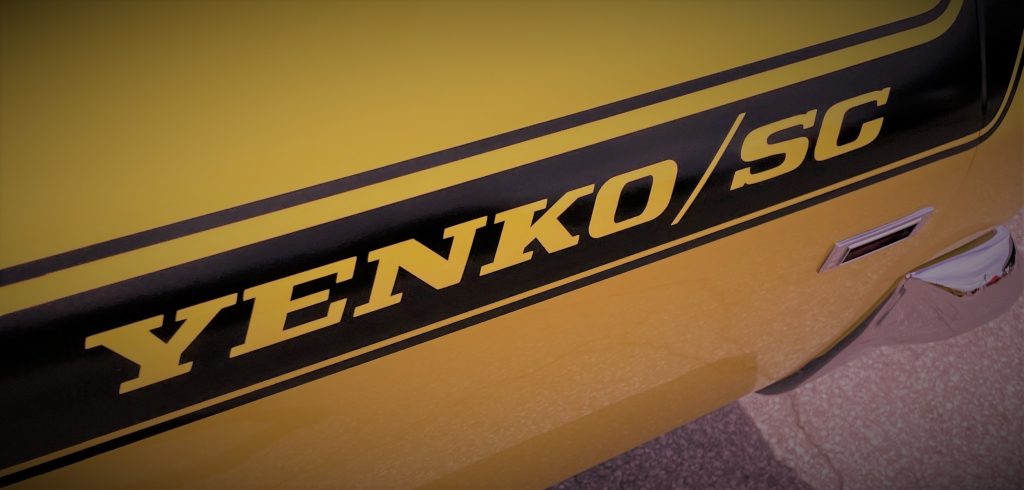
Donald Yenko was born in 1927 and went on to be a talented pilot in the United States Air Force. Once out of the service, Yenko began a successful racing career, resulting in four SCCA National Driving Champ honors. He parlayed his racing experience into a performance tuning shop, run out of his family’s Canonsburg, Pennsylvania Chevy dealership in the late 1950s.
While Yenko got his start hopping-up customer cars, as the 1960s dawned, he soon began prepping and selling his own Yenko-branded Chevys.
…And it started with a somewhat unexpected nameplate.
Meet the Stinger, Yenko’s Performance-Tuned Corvair
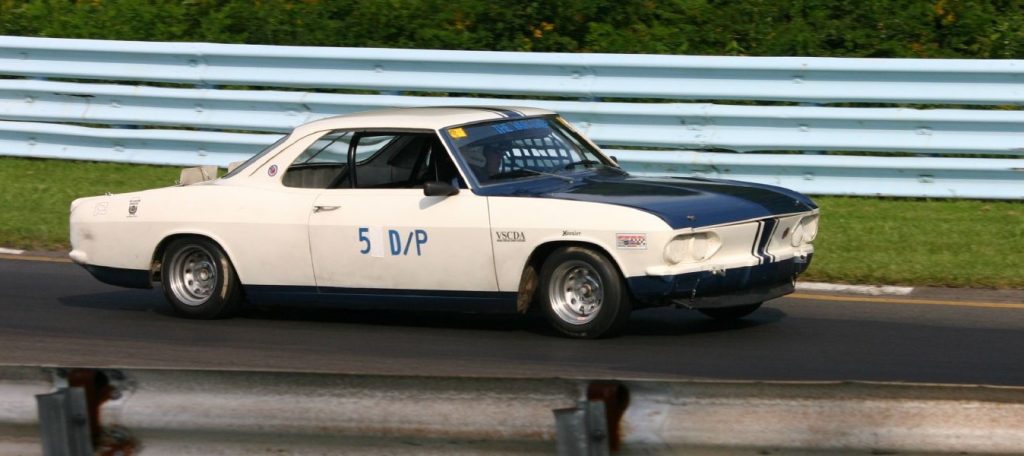
Yup, while many gearheads immediately think of the fire-breathing big block-powered muscle cars that would come later, Yenko’s first off-the-shelf performance car was based on the Chevy Corvair.
Rechristened the “Stinger,” these hot-rodded, rear-engined coupes were able to get classified as sports cars and, once Yenko was able to produce 100 Stingers for public sale, they were properly homologated and permitted to run in the SCCA’s D Production class.
It was a winning recipe too: In 1966, Yenko-built Stingers took home several SCCA division championships.

A Stinger began life as a six-cylinder Corvair Corsa, but the 100 Stingers Yenko assembled in its first production run varied considerably, offering a mix of engine tunes and exterior modifications. In fighting trim, Yenko was able to get the flat-six’s output up to 240 horsepower.

But as the Corvair itself began to face some adverse headwinds, Yenko was at risk of losing a suitable candidate for his performance upgrades.
Good thing Chevy had an all-new car ready to hit showrooms in 1967…
Enter the Chevy Camaro

With the Corvair racing towards the sunset, Chevy introduced a more traditional front-engine, rear wheel drive coupe: the soon-to-be-legendary Camaro.
And with a GM corporate edict prohibiting any engine over 400 cubic inches from going into a midsize or smaller car, it gave Yenko a unique opportunity.
Since you could get a 396ci big block in a Camaro already, Yenko did some quick math and figured out how to stuff the then-new 427 under the Camaro’s hood.
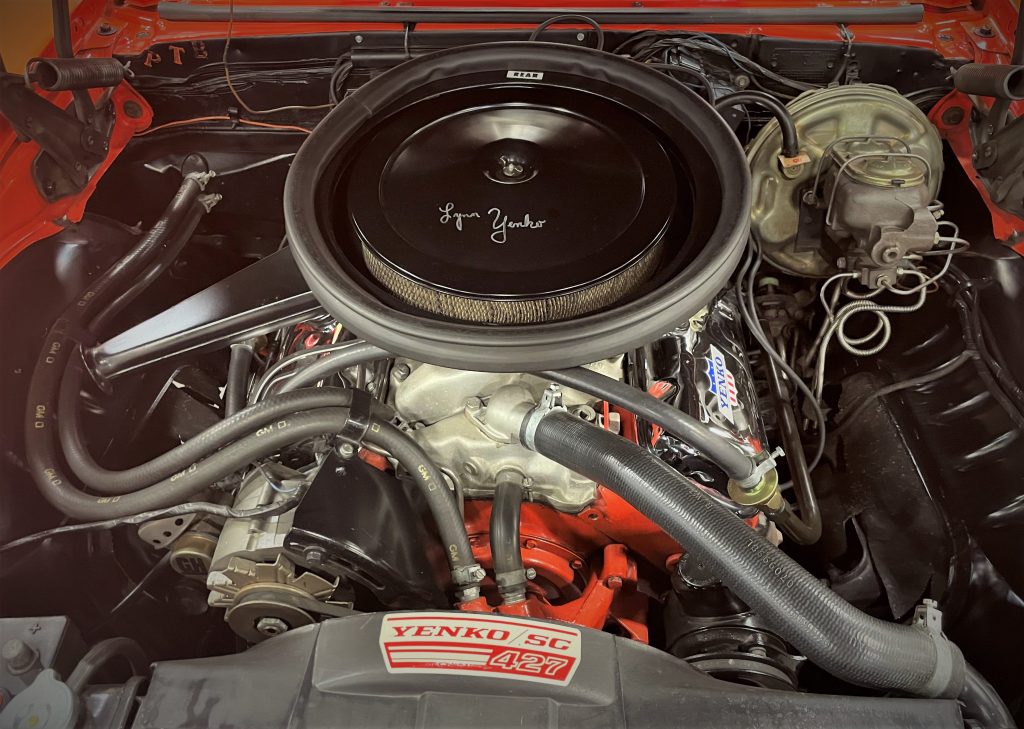
And not just any 427, Yenko used the Regular Production Order (RPO) L72 big block that had been reserved for the Corvette. The L72 engine made 425 horsepower—at its debut, it was the most powerful engine available in the Corvette.
For 1967 and 1968, Yenko had to do the engine swapping at his shop, but by 1969 he was able to get the L72 engine installed at the factory through Chevy’s “Central Office Production Order” program—which is better-known by Bowtie aficionados as the acronym COPO.
In essence, COPO allowed you to get engines that weren’t typically RPO options installed at the factory for certain cars. In the Camaro’s case, COPO order number 9561 gave you the fire-breathing L72 427.
And Yenko knew exactly how to work the system.
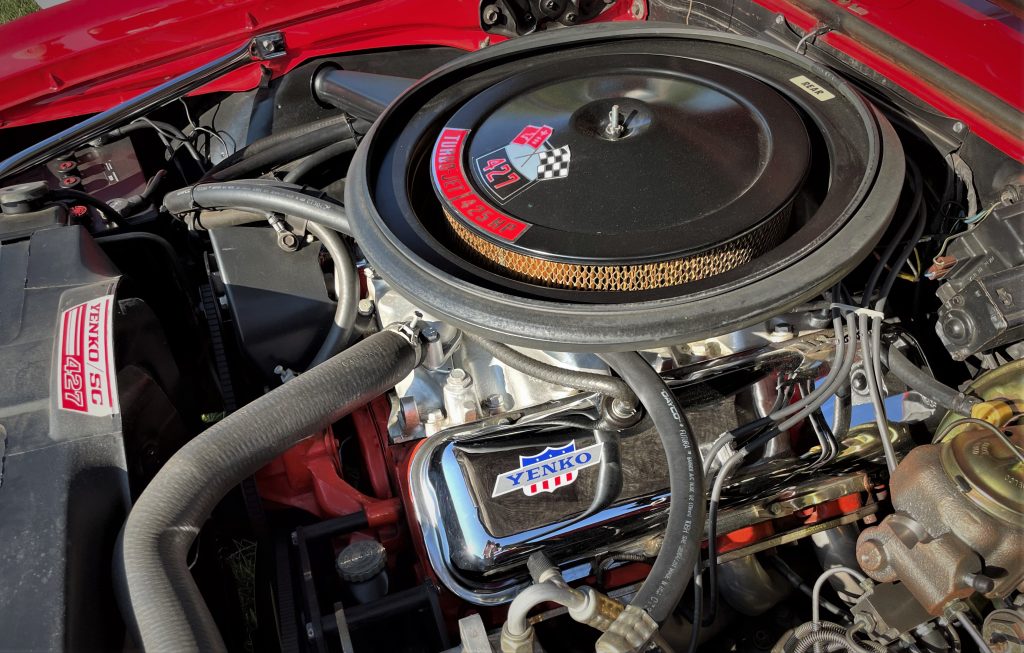
Savvy dealers could also get a Camaro fitted with the high performance ZL-1 aluminum race engine under COPO order 9560, resulting in the uber-rare 1969 Chevy Camaro COPO ZL-1. (You can read more about the 1969 Camaro ZL-1 here.)

Those 1967-68 cars began as 396 SS models and in 1969, thanks to COPO, the Super Camaros had an options package curated specifically by Yenko—which included disc brakes, a Positraction rear end with 4.10 gears, heavy duty cooling and suspension bits, and other prudent upgrades. While predominantly available with the Muncie M21 close-ratio four-speed manual, a few Camaros left Yenko’s shop with a GM TH400 three-speed automatic.
Most Yenko Camaros were fitted with a set of American Racing Torq-Thrust Wheels.

All told, Yenko only made a little more than 300 of his eponymous Super Camaros from 1967-69, with a bulk of the production (201 cars) occurring in 1969.
But spoiler alert, Yenko didn’t just focus on the Camaro.

The 1969 Yenko Chevelle
Remember GM’s corporate 400ci displacement cap? Well, that affected the mid-size Chevelle too.
So, for 1969 only, Yenko borrowed his recipe from the Camaro cookbook to develop a 427-powered Chevelle. And, better still, thanks to COPO, he was able to get Chevy to do the heavy lifting.
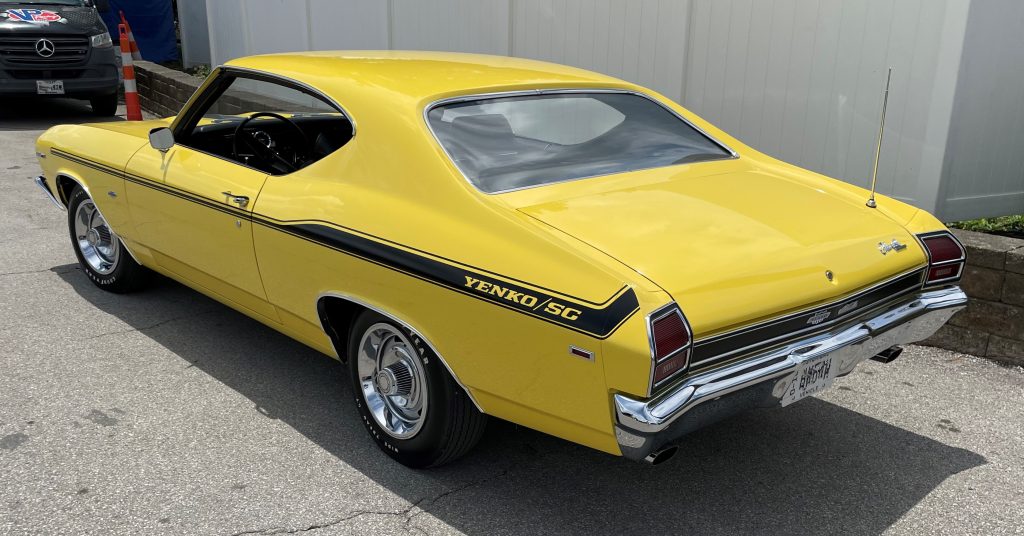
Just as it had done for the Camaros, the COPO program meant that the Yenko Chevelles got their L72 427 big blocks installed at the Chevy plant.
COPO order number 9562 gave you that L72 and all of its 425 ponies. From there, Yenko worked some more tuning magic and installed some upgrades (namely long-tube headers).

Inside, the Yenko Chevelles got a more extensive gauge array and either a M21 Muncie or GM TH400 automatic, similar to the Camaro.
And again, America Racing Torq-Thrusts were the wheels that most Yenko Chevelles received.

Sadly, the Yenko Chevelle was a one-year only endeavor, and less that 100 examples passed through the famed dealership, with fewer in existence today.
Yet Yenko didn’t stop at the Chevelle…
A Pair of Yenko Novas

Given that he’d already perfected the whole 427-in-a-Camaro thing, Yenko looked toward its X-Body cousin, the Nova. Following the same path, Yenko dropped a L72 into the Nova in 1969 to create what is often referred to as simply the “Supernova.”
But by this time, Chevy had grown apprehensive about shipping 427-powered performance cars out its back door via the COPO program, and refused to do the swap in its factory.
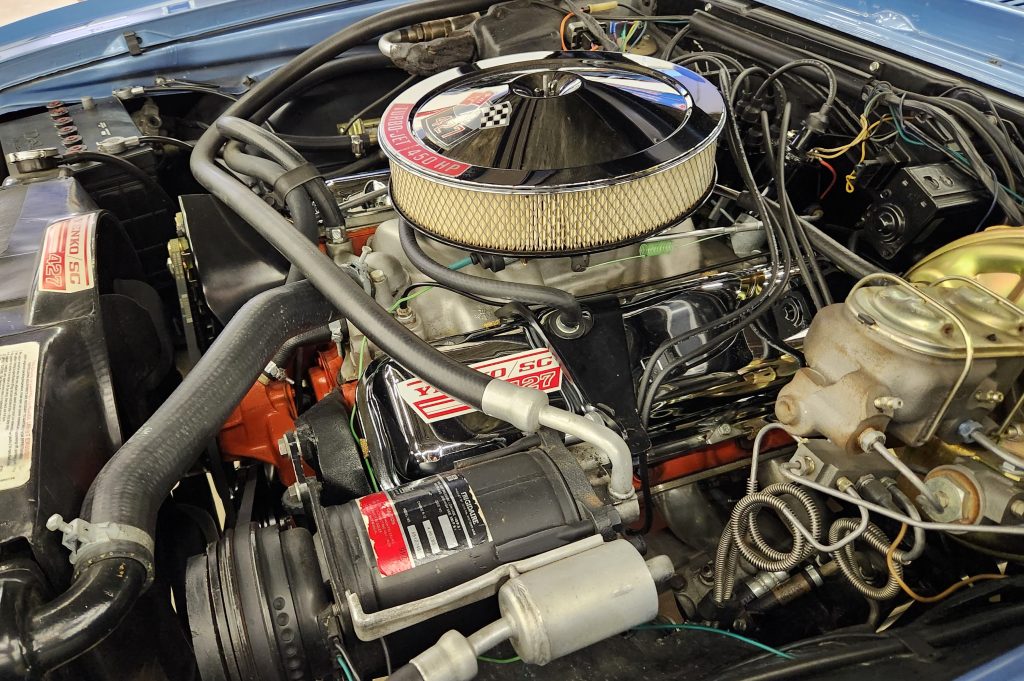
Undaunted, Yenko took the job back in house, as he had done with the early runs of his Camaro.
The good news was, Chevy made a 396 big block available in the 1969 Nova, which meant that the cars received the requisite chassis and suspension upgrades for a Rat motor already.
Starting with SS396 Novas, Yenko plunked in the 427 and outfitted the cars in a similar fashion to his contemporary Camaros and Chevelles, which meant things like upgraded gauges, bigger brakes, and heavy duty suspension parts.
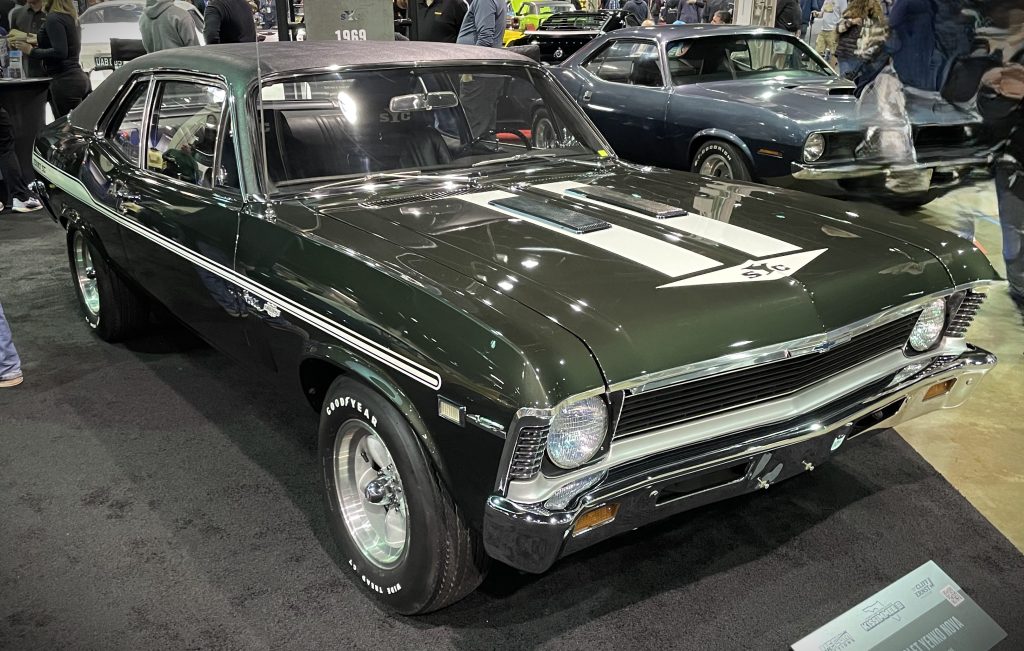
But unlike the Camaros and Chevelles, a Muncie close-ratio four speed was the only transmission available on the 427-powered Yenko Supernova.
Given the extra work that went into each Nova’s engine swap, Yenko only managed to produce 37 or 38 of these cars (depending on who you ask). It’s estimated that less than 10 of these original cars exist today.
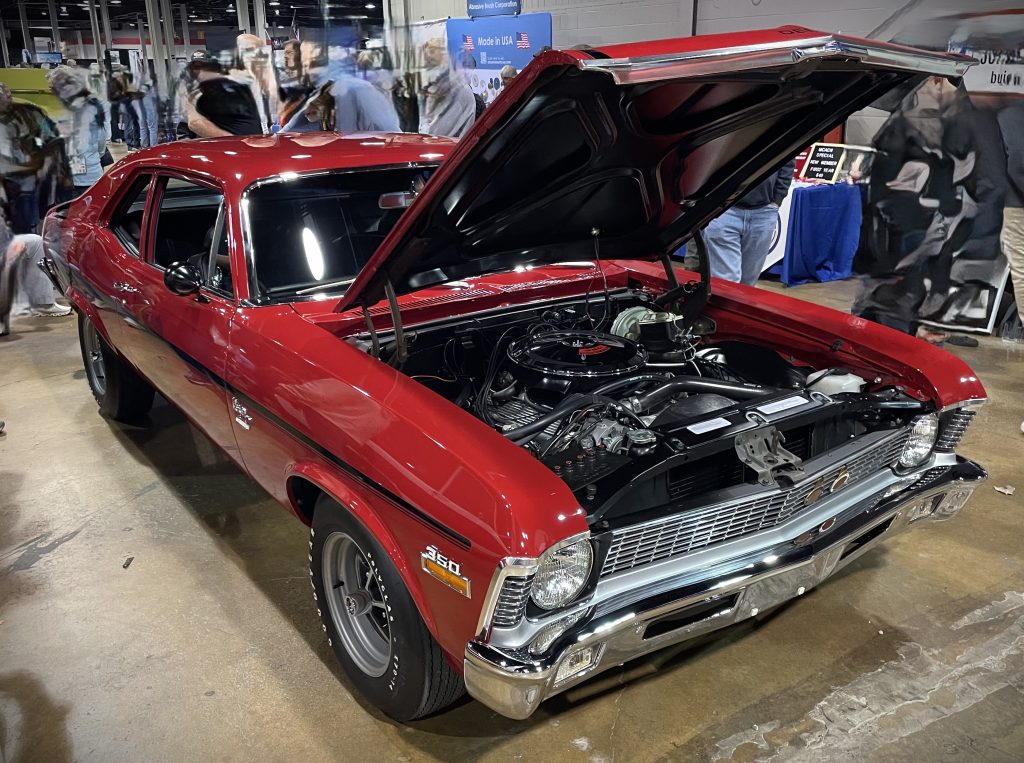
Then in 1970, with rising gas and insurance prices hastening the demise of the performance car, Yenko took a different tack. Instead of the 427, he shifted focus to the venerable 350ci small block—or more specifically the performance-tuned LT-1 350 found in Corvettes and Z28 Camaros.
This time, Chevy was on-board with the idea of an LT-1 powered Nova and gave Yenko the go-ahead to get the cars so-equipped at the factory via the COPO system.
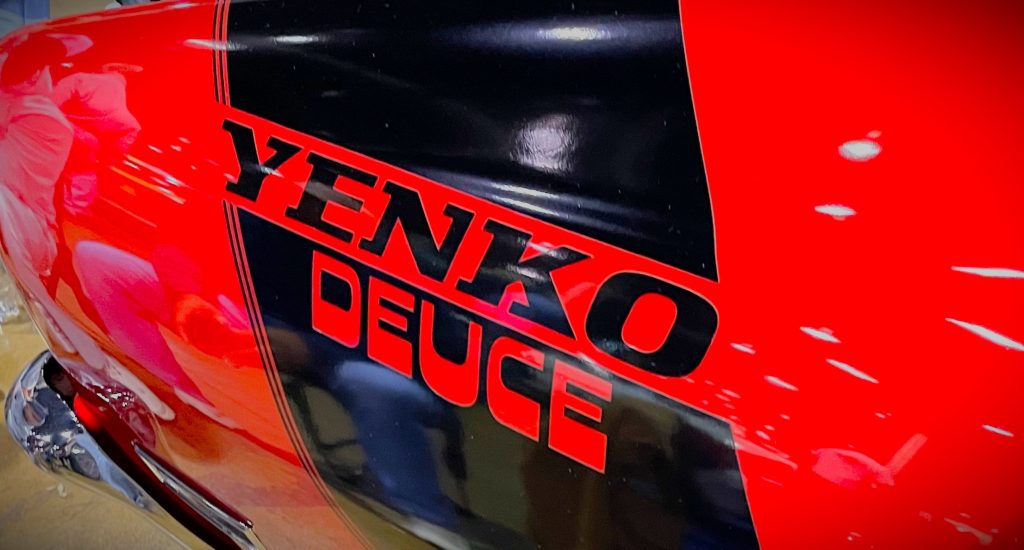
These 350-powered cars were nicknamed the “Deuce” as a nod to the Chevy II nameplate and again, offered similar options to the Chevelles and Camaros that Yenko had assembled in 1969. That included either a Muncie four-speed manual or GM TH400 automatic.
Even with the engine work handled by GM, Yenko was only able to crank out 175 Deuces for the 1970 model year, making them yet another rare subplot in the Yenko performance story.
Yenko Tribute Cars & A Lasting Legacy
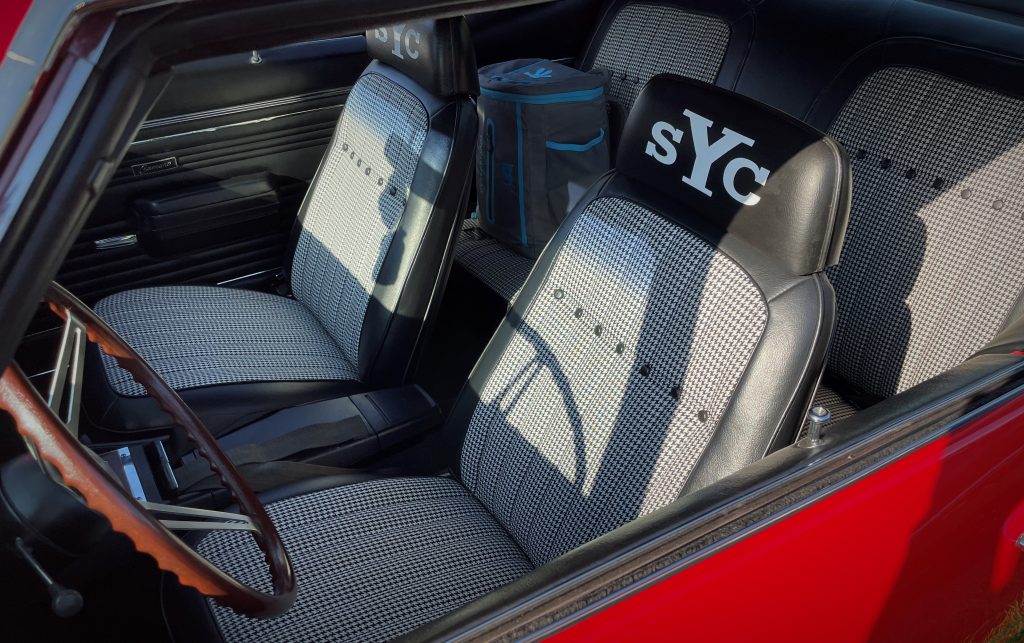
As for Yenko himself, he sensed the end the muscle car era and found a suitable alternative project: turbocharging the nascent Chevy Vega.
Impressed with their potential, Yenko was able to get the Vegas equipped with stronger pistons through the COPO program, but growing emissions entanglements meant that the cars never got the turbo kits on the assembly line (though Yenko made the turbo available to customers to install themselves).
Despite it being Yenko’s best-selling model, with a few hundred Vegas being built, less than a dozen are said to exist today.

And after 1972, Yenko was out of the specialty car building game. His focus instead shifted to selling performance parts out of his own curated Yenko catalog—which notably included a GM-authorized version of the aluminum ZL-1 427 big block.
Yenko’s last major contribution to the performance world was the short-lived 1981 Camaro Turbo Z. It featured a turbocharged LM1 350ci Chevy V8 from the Z28 (hence the Turbo “Z” name), and less than 20 were ever built.

It’s no secret that Don Yenko cast a big shadow in the Chevy performance world and as folks began purchasing parts out of the Yenko catalog, numerous tribute cars were built in his honor. In fact, nowadays it’s not uncommon to spot the iconic Yenko stripe rolling down a Camaro’s fender or the sYc logo printed on the headrests of a Nova.

Better still, for decades, grassroots racers have been applying the Yenko style treatment to their drag cars too, as an enduring legacy to a man who knew how to find loopholes and work the system to build some of the most epic 427-powered muscle cars of the 1960s.

But perhaps the best testament to Yenko’s prominent place in automotive history is the fact that Yenko-authorized performance cars are still being made.
Yup, Ed Hamburger (of Hamburger’s Performance fame) produces a range of late model Yenko/SC cars via his firm Specialty Vehicle Engineering—though you may be more familiar with the company’s old name, SLP and its high performance Pontiac Firehawks. From the Yenko Camaro to the Yenko Silverado, each of these limited-edition vehicles leaves the SVE factory with an arsenal of upgrade parts and, of course, the familiar sYc badging throughout.
***
Tragically, Don Yenko (along with three passengers) perished when the aircraft he was piloting lost control and crashed during a difficult landing in 1987.
Thankfully, the Yenko name endures through his legendary vehicles and the owners that care for them.


I own the Corvair pictured at the beginning of your article (gold and black). I’m flattered by being in your article. The car did receive a lot of attention at Columbus Goodguys this year, just not by Goodguys. It was an unusual sight out of the 6000 or so cars and 6 or so Corvairs I saw there.. Just to let you know, it is a tribute car. Would have been fun to talk to you. Thanks for using me as an example.
Cool car! I was at the show and heard you drive by, alas, I couldn’t find where you parked until much later in the day. We’re honored to have photographed it!
Hi, that was a very interesting article that you wrote on Don Yanko. I live in Pittsburgh PA, and never owned one of his specialty cars, but my friends have. I had some machinist tools I was selling, and I met a man from California PA. We talked about several different subjects and my desire to find an old 55 Chevy or something from that era. The subject soon turned to his father, who was a machinist that worked with Don Janka. His father had a workshop in his garage and would balance those 427’s. To me, it was like meeting Walt Disney‘s son and have him explain the behind the scenes of a local sports car legend. I now have Ed‘s contact information and he’s going to look at some of the machine shop tools that I have for sale. So I’m going to share this article that you wrote with him. Thank you very much for the facts in that article. Ron Smith, Pittsburgh, PA.
I grew up on chevys and the chevy mussel cars were al my favorite cars although the camaro and the nova being my most favorite my life being most imbairable and ended up with mental problems was never able to afford one. I have never stopped looking and that’s the only thing on my bucket list is to own a nova or a camo thank you for your article
I worked at Yenko in the ” old days ” wrote a book about it ” The Yenko Era” available at Classic Industries in California
Cool! Here’s the link to the book if anyone’s interested. Thanks for the response!
I worked at Yenko Chevrolet too!!! I’m Lynn Yenko. It was truly a family run business! Yes I was a receptionist, i also striped tge cars. We are now making a movie about his life. We will be posting items on my Facebook, including a QR code to follow along with the progress of the movie. My Facebook is Lynn Yenko of course!
Happy Thanksgiving!